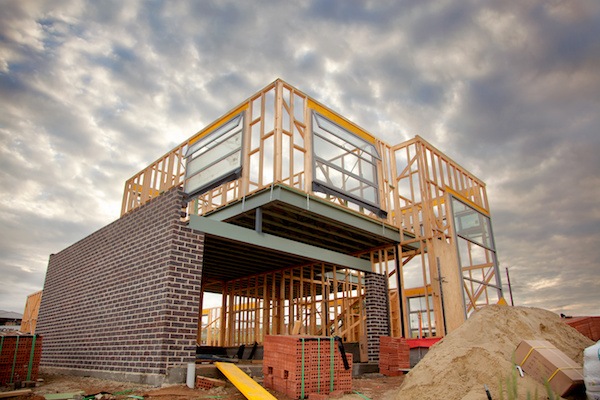If your company was in the middle of a construction project when Hurricane Harvey made landfall last summer, you know far too well about additional costs from production delays and damage to equipment and building material.
One year later, now is the time to think about how to safeguard your construction site in case of a future emergency situation.
What Planning Steps Should You Take to Protect Your Site?
- Create a storm preparation plan. This plan needs to be communicated to all employees, contractors, and stakeholders to eliminate questions about who should perform specific tasks well before an emergency situation actually takes place.
- Have clear lines of communication with local government officials. If you are working on a large-scale project or a project that involves hazardous material, you need to arrange communication channels ahead of time so that you can send and receive updates from local officials.
- Plan for how to remove or redistribute water at the construction site. Consider these three critical elements of water removal to prepare for:
- How to prevent excess water from damaging the foundation of the construction site.
- How to prevent excess water from compromising a nearby site or established building.
- How to properly relocate excess water to the storm system.
What Actions Should You Take Just Before the Emergency?
When a storm or emergency situation is imminent, your team needs to take action to protect the site as best as possible. The key is ensuring that each involved party follows the storm preparation plan.
- Store job site materials that could be damaged if exposed to extreme weather or conditions. You need to prevent items from getting loose, getting caught in a storm, and gathering speed to cause off-site damage to people or property.
- Secure the equipment to the ground as best as possible. When using heavy or tall equipment at the site, your plan should identify who is responsible for tying down equipment and verifying that equipment is secure. Taking this action will ensure that your most expensive and valuable equipment is protected and is not at risk for causing damage to people or property.
- Remember that hazardous material is especially dangerous in emergency situations. Your team needs to safely and efficiently follow the storm plan to secure hazardous material, reducing the risk of the material causing harm to the environment and people.
Receive Support from the City of Houston
In the event of a construction site emergency, contact the City of Houston for Disaster Assistance.
The city will be able to direct you on what steps to take to minimize the damage of an emergency situation or start the recovery process following the event.

